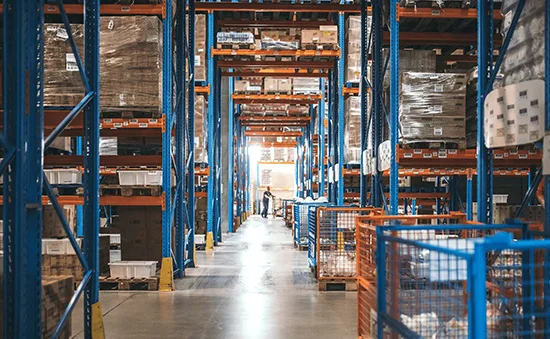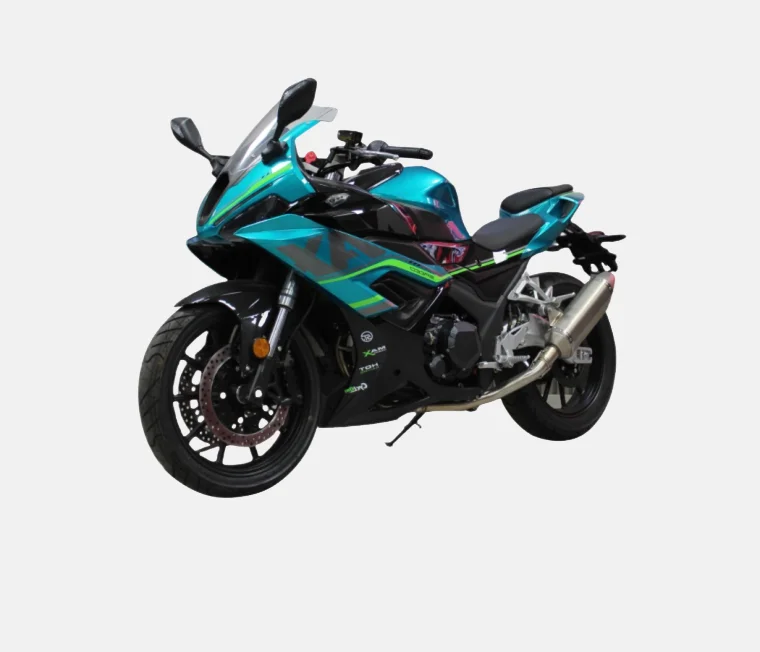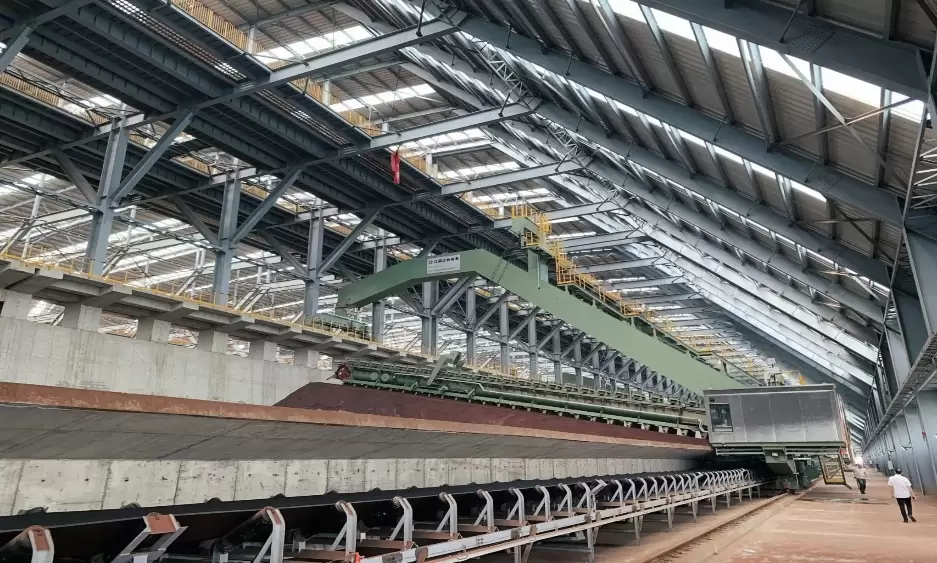Enclosed vs. Open Car Shipping: Making the Right Choice for Your Vehicle
When it comes to transporting your vehicle, one of the most pressing questions many car owners face is: Is it better to ship a car enclosed? The decision between enclosed and open car shipping is not merely a matter of preference; it involves a careful consideration of various factors, including vehicle type, budget, and the level of protection desired during transit. In this article, we will delve into the intricacies of both shipping methods, providing you with a comprehensive understanding to make an informed decision.
Understanding the Basics: Enclosed vs. Open Car Shipping
Open Car Shipping is the most common method used for transporting vehicles. In this approach, cars are loaded onto an open trailer, exposed to the elements and road conditions. While this method is generally more affordable, it does come with certain risks, particularly for high-value or classic cars.
Enclosed Car Shipping, on the other hand, involves transporting vehicles in a fully enclosed trailer. This method offers a higher level of protection from environmental factors such as rain, snow, dust, and debris. It is particularly beneficial for luxury, vintage, or exotic cars that require extra care during transit.
Key Considerations for Choosing Enclosed Shipping
- Vehicle Value and Condition: If you own a high-value vehicle, such as a luxury sedan or a classic car, the additional cost of enclosed shipping may be justified. Enclosed trailers provide a secure environment, minimizing the risk of damage from external elements. For everyday vehicles, open shipping might suffice, but consider the potential risks involved.
- Distance and Route: The distance your vehicle needs to travel can also influence your choice. For long hauls, especially through regions with unpredictable weather, enclosed shipping can offer peace of mind. Additionally, if the route includes areas with heavy traffic or construction, the protection of an enclosed trailer can safeguard your vehicle from potential scratches and dents.
- Insurance Coverage: While both shipping methods typically come with insurance, the coverage details can vary. Enclosed shipping often includes more comprehensive insurance options, which can be crucial for high-value vehicles. Always review the insurance policy provided by the shipping company to ensure it meets your needs.
- Time Sensitivity: If you need your vehicle shipped quickly, open transport may be the faster option, as it is more widely available and can accommodate more vehicles at once. However, if you can afford to wait and prioritize protection, enclosed shipping is worth considering.
- Cost Considerations: Enclosed shipping generally comes at a premium compared to open transport. It’s essential to weigh the benefits against the costs. If your vehicle is a significant investment, the extra expense may be a small price to pay for peace of mind.
The Benefits of Enclosed Car Shipping
- Protection from Elements: Enclosed trailers shield vehicles from rain, snow, UV rays, and road debris, significantly reducing the risk of damage.
- Enhanced Security: Enclosed transport offers better security against theft and vandalism, making it a preferred choice for high-end vehicles.
- Professional Handling: Companies that offer enclosed shipping often employ specialized equipment and trained personnel, ensuring that your vehicle is handled with care throughout the transport process.
The Drawbacks of Enclosed Car Shipping
- Higher Costs: The most significant drawback is the cost. Enclosed shipping can be up to 50% more expensive than open transport, which may not be feasible for everyone.
- Limited Availability: Depending on your location and the shipping company, finding an enclosed transport option may be more challenging, especially during peak seasons.
Conclusion: Making the Right Choice
Ultimately, the decision of whether to ship a car enclosed or open depends on your specific circumstances. If your vehicle is a valuable asset, or if you simply want to ensure it arrives in pristine condition, enclosed shipping is likely the better choice. However, for standard vehicles or when budget constraints are a concern, open shipping can be a practical and cost-effective solution.




